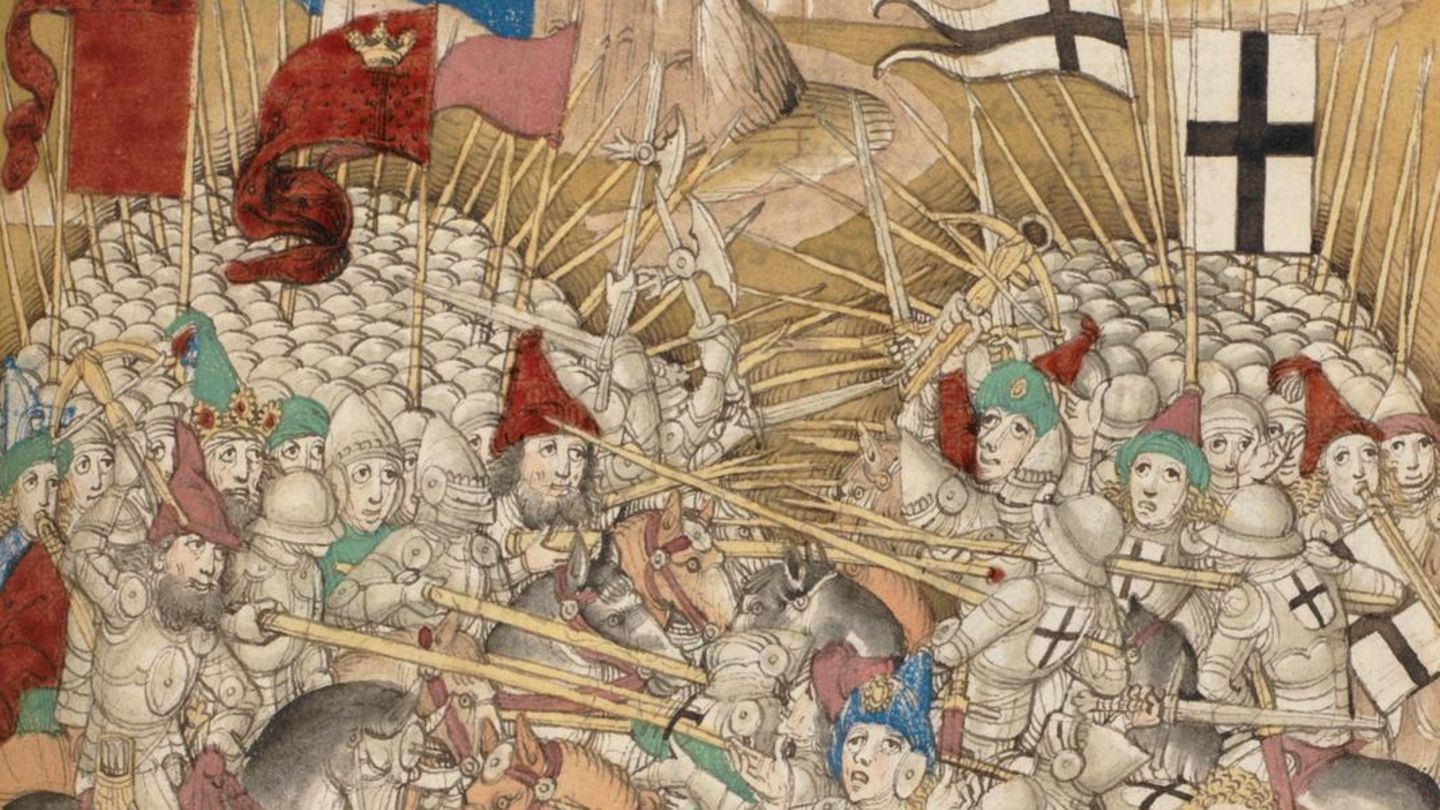


The fortresses served to secure those territories which were already under the control of the Order. These, together with the fortified larger towns, composed the backbone of the new military states in east-central Europe.4ĭuring the fourteenth century, particularly in Prussia, there were also fortifications of the traditional style which, like the heathen garrisons, were built of timber and earth, in addition to the new stone and/or brick fortresses.5 The former were often constructed within a few weeks in the summer during expeditions into enemy territory.6 Conquered territories were secured systematically with fortresses which were sited strategically in places suited to commerce and communications, most often along major river routes. One such innovation was the erection of permanent fortresses in stone or brick: the manufacture of bricks and mortar was unknown in the eastern Baltic until then.2 Another innovation was the introduction of the crossbow, which, as a long-range weapon, proved to be superior to the spears and bows of the heathens.3 The combination of these two developments made it possible for the Order’s garrisons to withstand long sieges, provided they had sufficient supplies of food, weapons and crossbow bolts. The thirteenth-century conquest of Livonia and Prussia by the Order of the Swordbrothers and its successor, the Teutonic Knights, would not have been possible if the numerically weaker knights and crusaders had not enjoyed certain advantages over the heathen peoples.1 These included several innovations in military techniques as well as experience gained by Christians in the Holy Land and other theatres of war. The Military Orders, Volume 2: Welfare and Warfare (1998) Horses and Crossbows: Two Important Warfare Advantages of the Teutonic Order in Prussia


 0 kommentar(er)
0 kommentar(er)
